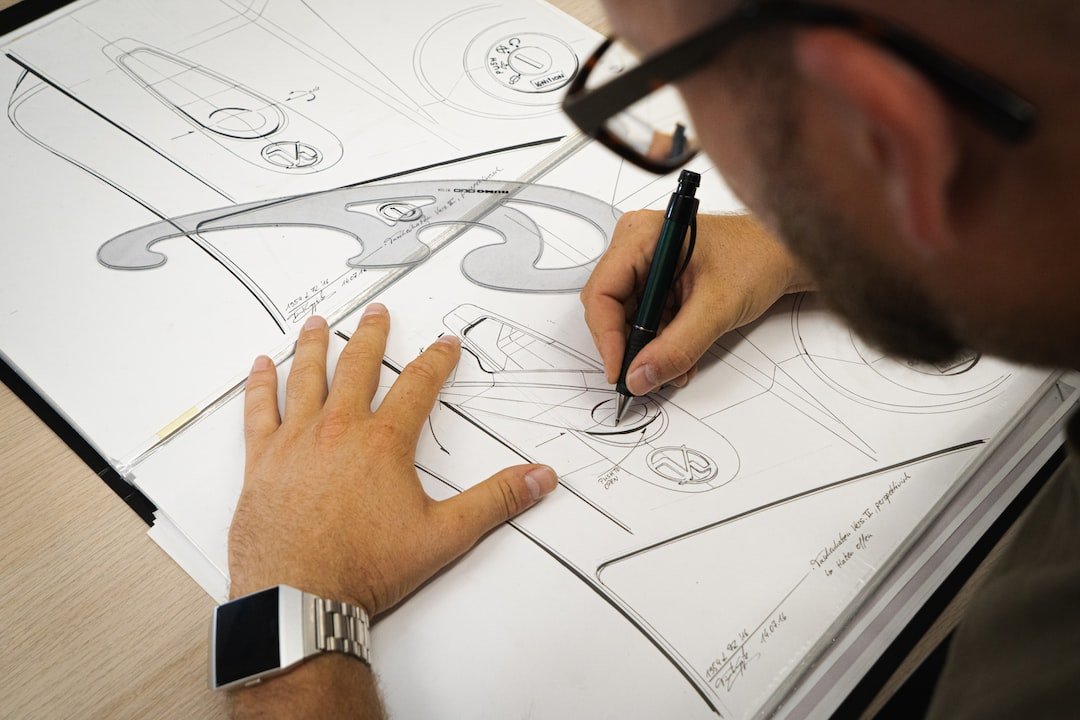The Influence of Bauhaus Movement in Modern Architecture
The Bauhaus movement, which originated in Germany in the early 20th century, has had a profound impact on modern architecture. It was a revolutionary art and design school that aimed to merge creativity and functionality. The Bauhaus movement not only changed the way people perceive design but also created a new way of thinking about architecture.
One of the key principles of the Bauhaus movement was the idea of “form follows function.” This concept emphasized the importance of designing buildings and objects based on their intended purpose and function. This departure from the ornate and decorative designs of the past marked a significant shift in architectural thinking. The focus shifted from creating extravagant and excessive structures to designing practical and efficient spaces that could be mass-produced.
The Bauhaus movement also popularized the use of modern materials such as steel, glass, and concrete. These materials were celebrated for their durability, affordability, and versatility. Architects began to experiment with new construction techniques, resulting in sleek and minimalist designs that characterized modern architecture.
Many iconic buildings that we see today have been greatly influenced by the Bauhaus movement. One such example is the Fagus Factory, designed by Walter Gropius in 1911. This factory, with its large glass windows and steel structure, was a departure from traditional industrial architecture. It showcased the possibilities of combining form and function in a harmonious way.
Another notable example of Bauhaus-influenced architecture is the Bauhaus building in Dessau, Germany. Designed by Walter Gropius in 1925, this building served as both a school and residence for the Bauhaus faculty and students. It exemplifies the Bauhaus principles of simplicity, functionality, and the use of modern materials. The building’s clean lines, asymmetrical design, and large windows have become iconic symbols of modern architecture.
The impact of the Bauhaus movement is not limited to Germany alone. Its ideas and principles spread across the globe, influencing architects and designers worldwide. For example, the influential architect Le Corbusier, who is considered one of the pioneers of modern architecture, was greatly inspired by the Bauhaus movement. His buildings, such as Villa Savoye in France, reflect the minimalist and functional aesthetic of the Bauhaus.
In addition to its impact on buildings, the Bauhaus movement also influenced interior design. Its principles of simplicity, functionality, and the use of modern materials can be seen in the minimalist and clean-lined furniture designs that are popular today. The Bauhaus approach to interior design prioritized open spaces, natural light, and practicality, creating environments that were both aesthetically pleasing and functional.
In conclusion, the Bauhaus movement had a profound influence on modern architecture. Its emphasis on simplicity, functionality, and the use of modern materials transformed the way architects think about design. The buildings and principles of the Bauhaus continue to inspire architects and designers worldwide and have left an indelible mark on the world of architecture. The legacy of the Bauhaus movement can be seen in the sleek and minimalist structures that define modern architecture today.

